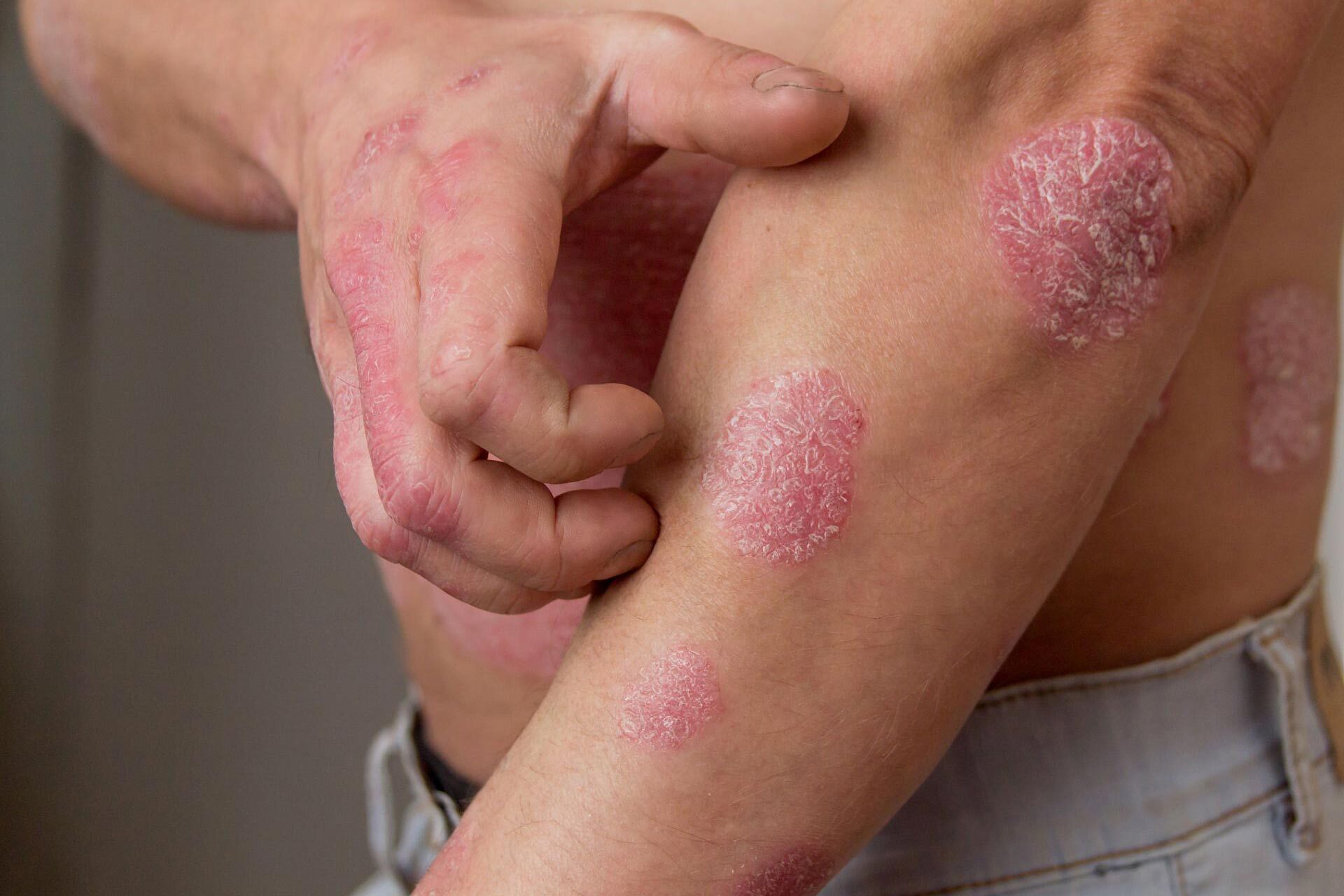
Congenital skin disorders can be puzzling and sometimes overwhelming. These conditions, present from birth, affect the skin's appearance, texture, or function. Did you know that some of these disorders are genetic, while others result from environmental factors during pregnancy? Understanding these conditions is crucial for managing symptoms and improving quality of life. From ichthyosis to epidermolysis bullosa, each disorder has unique characteristics and challenges. Ever wondered how these conditions impact daily life or what treatments exist? This blog post will provide 25 intriguing facts about congenital skin disorders, shedding light on their causes, symptoms, and management strategies. Get ready to learn more about these fascinating conditions!
Key Takeaways:
- Congenital skin disorders are conditions present at birth, affecting the skin. They vary in appearance and severity, but early recognition and proper management can improve quality of life.
- Support groups, education, and regular check-ups are crucial for individuals with congenital skin disorders. With the right care and support, they can lead fulfilling lives.
What is Congenital Skin Disorder?
Congenital skin disorders are conditions present at birth that affect the skin. These disorders can vary widely in their appearance, severity, and impact on a person's life. Here are some intriguing facts about these conditions.
- Congenital skin disorders can be genetic or caused by environmental factors during pregnancy.
- Ichthyosis is a common congenital skin disorder characterized by dry, scaly skin.
- Epidermolysis bullosa causes the skin to be extremely fragile, leading to blisters and tears from minor friction.
- Albinism is a congenital condition where individuals have little or no pigment in their skin, hair, and eyes.
- Nevus sebaceous is a type of birthmark that can become more pronounced during puberty.
Types of Congenital Skin Disorders
There are many types of congenital skin disorders, each with unique characteristics. Understanding these types can help in identifying and managing them effectively.
- Harlequin ichthyosis is a severe form of ichthyosis where the skin forms large, diamond-shaped plates.
- Xeroderma pigmentosum makes the skin extremely sensitive to UV rays, increasing the risk of skin cancer.
- Congenital melanocytic nevus is a type of mole present at birth that can vary in size and color.
- Incontinentia pigmenti affects the skin, hair, teeth, and central nervous system, often causing swirled patterns on the skin.
- Cutis aplasia is a condition where a portion of the skin, usually on the scalp, is missing at birth.
Symptoms and Diagnosis
Recognizing the symptoms of congenital skin disorders early can lead to better management and treatment options. Here are some common symptoms and diagnostic methods.
- Blistering is a common symptom in disorders like epidermolysis bullosa.
- Hyperkeratosis refers to the thickening of the outer layer of the skin, seen in conditions like ichthyosis.
- Hypopigmentation or lack of skin color is a key symptom of albinism.
- Skin lesions can appear in various forms, such as bumps, rashes, or sores.
- Genetic testing can help diagnose many congenital skin disorders by identifying specific gene mutations.
Treatment and Management
While many congenital skin disorders cannot be cured, various treatments can help manage symptoms and improve quality of life.
- Moisturizers are essential for managing dry skin conditions like ichthyosis.
- Wound care is crucial for conditions like epidermolysis bullosa to prevent infections.
- Sun protection is vital for individuals with xeroderma pigmentosum to reduce UV exposure.
- Laser therapy can help reduce the appearance of congenital melanocytic nevi.
- Topical steroids may be used to reduce inflammation and itching in various skin disorders.
Living with Congenital Skin Disorders
Living with a congenital skin disorder can be challenging, but with the right support and care, individuals can lead fulfilling lives.
- Support groups provide emotional and social support for individuals and families affected by these conditions.
- Education about the disorder is crucial for managing symptoms and preventing complications.
- Regular check-ups with dermatologists help monitor the condition and adjust treatments as needed.
- Adaptive clothing can reduce skin irritation and improve comfort for those with sensitive skin.
- Mental health support is important as living with a visible skin disorder can impact self-esteem and mental well-being.
Final Thoughts on Congenital Skin Disorders
Understanding congenital skin disorders can help us better support those affected. These conditions, present from birth, vary widely in severity and impact. Some, like albinism, affect pigmentation, while others, such as epidermolysis bullosa, cause fragile skin. Early diagnosis and treatment are crucial for managing symptoms and improving quality of life. Advances in genetic research offer hope for more effective treatments and potential cures. Awareness and education about these disorders can reduce stigma and promote empathy. By staying informed, we can advocate for better resources and support systems for individuals and families dealing with congenital skin disorders. Remember, knowledge is power, and every bit of understanding helps create a more inclusive and compassionate world.
Frequently Asked Questions
Was this page helpful?
Our commitment to delivering trustworthy and engaging content is at the heart of what we do. Each fact on our site is contributed by real users like you, bringing a wealth of diverse insights and information. To ensure the highest standards of accuracy and reliability, our dedicated editors meticulously review each submission. This process guarantees that the facts we share are not only fascinating but also credible. Trust in our commitment to quality and authenticity as you explore and learn with us.
